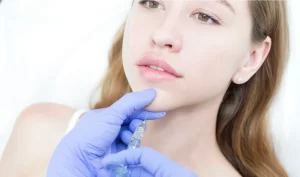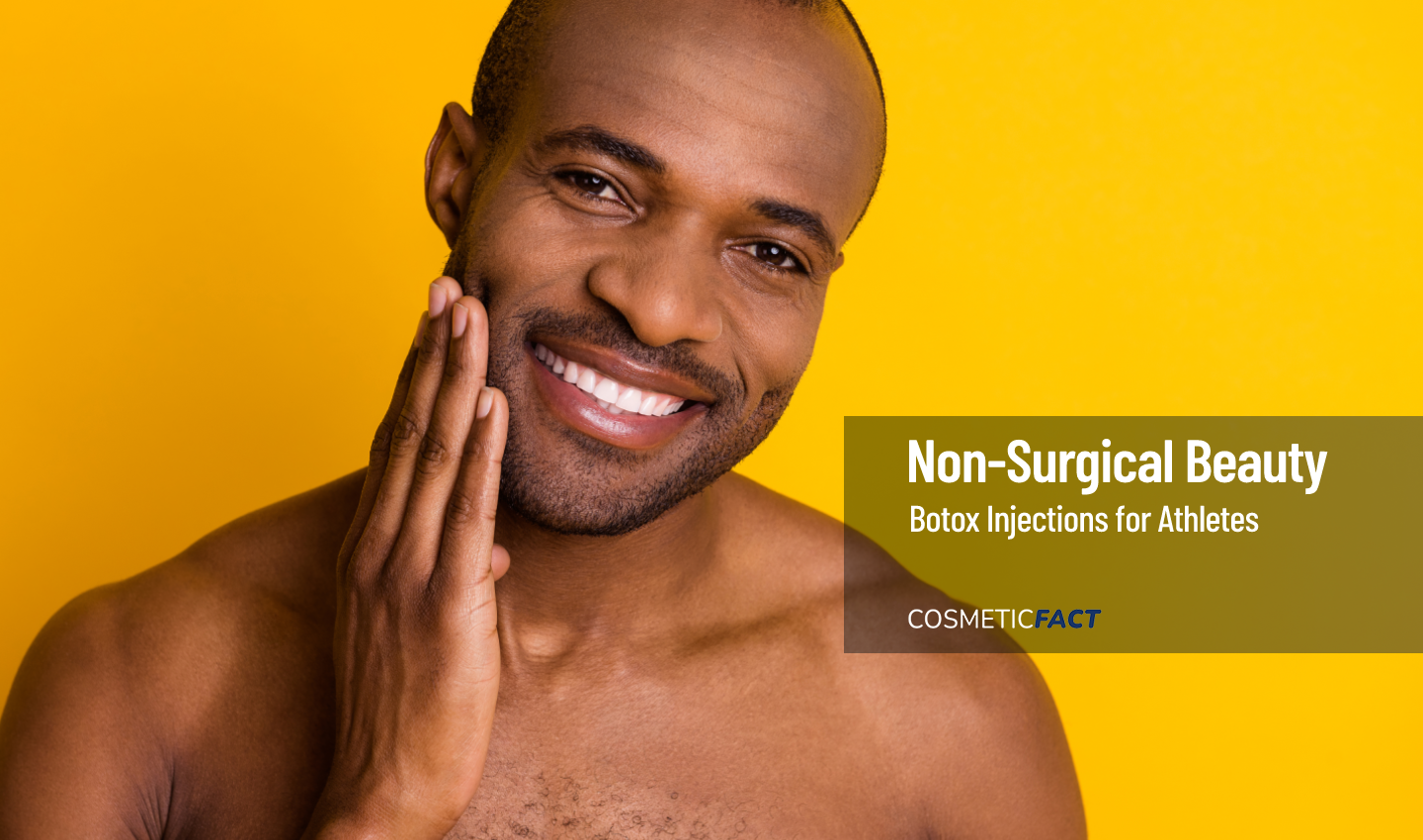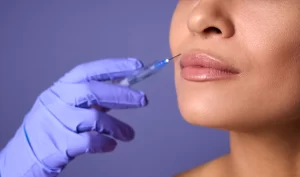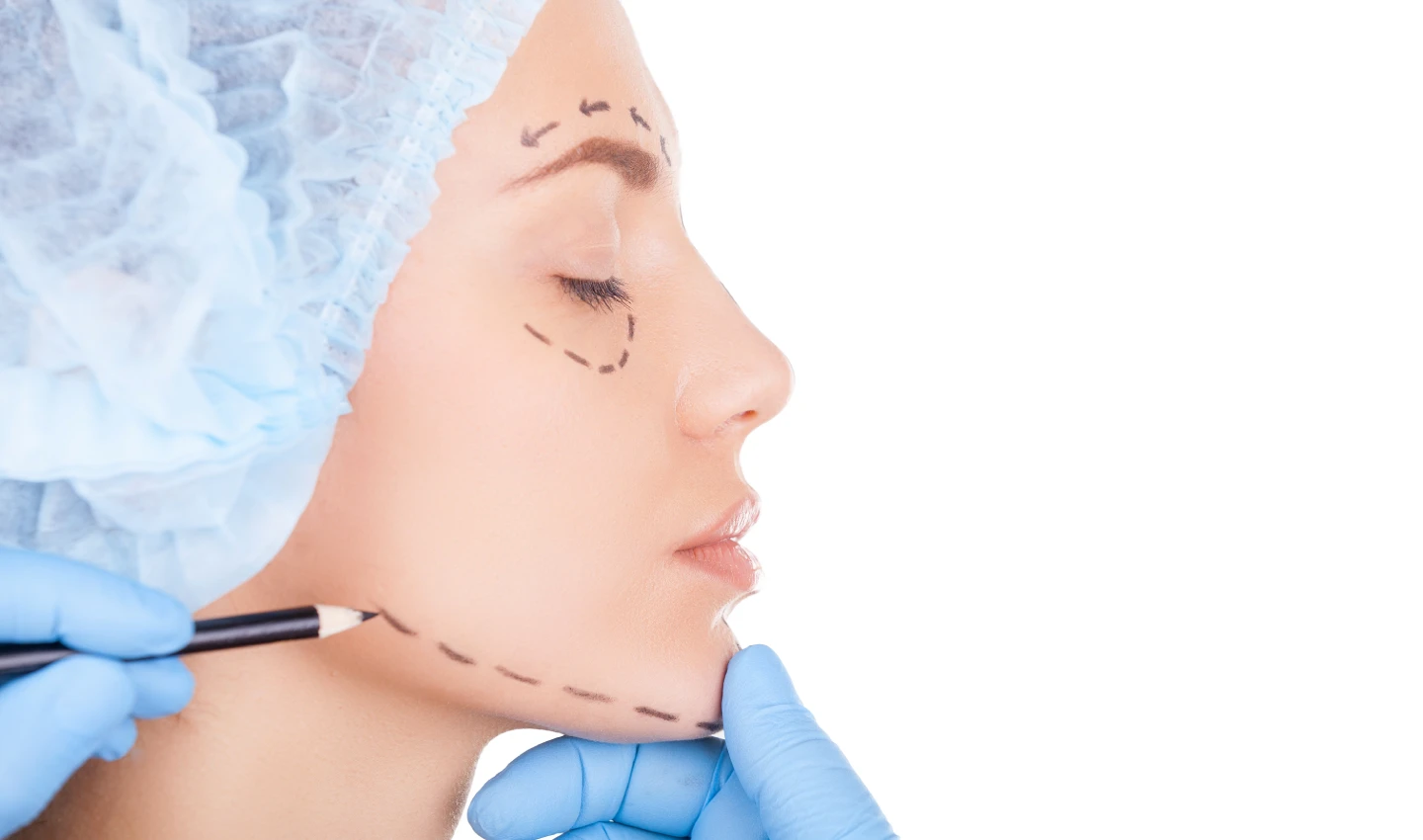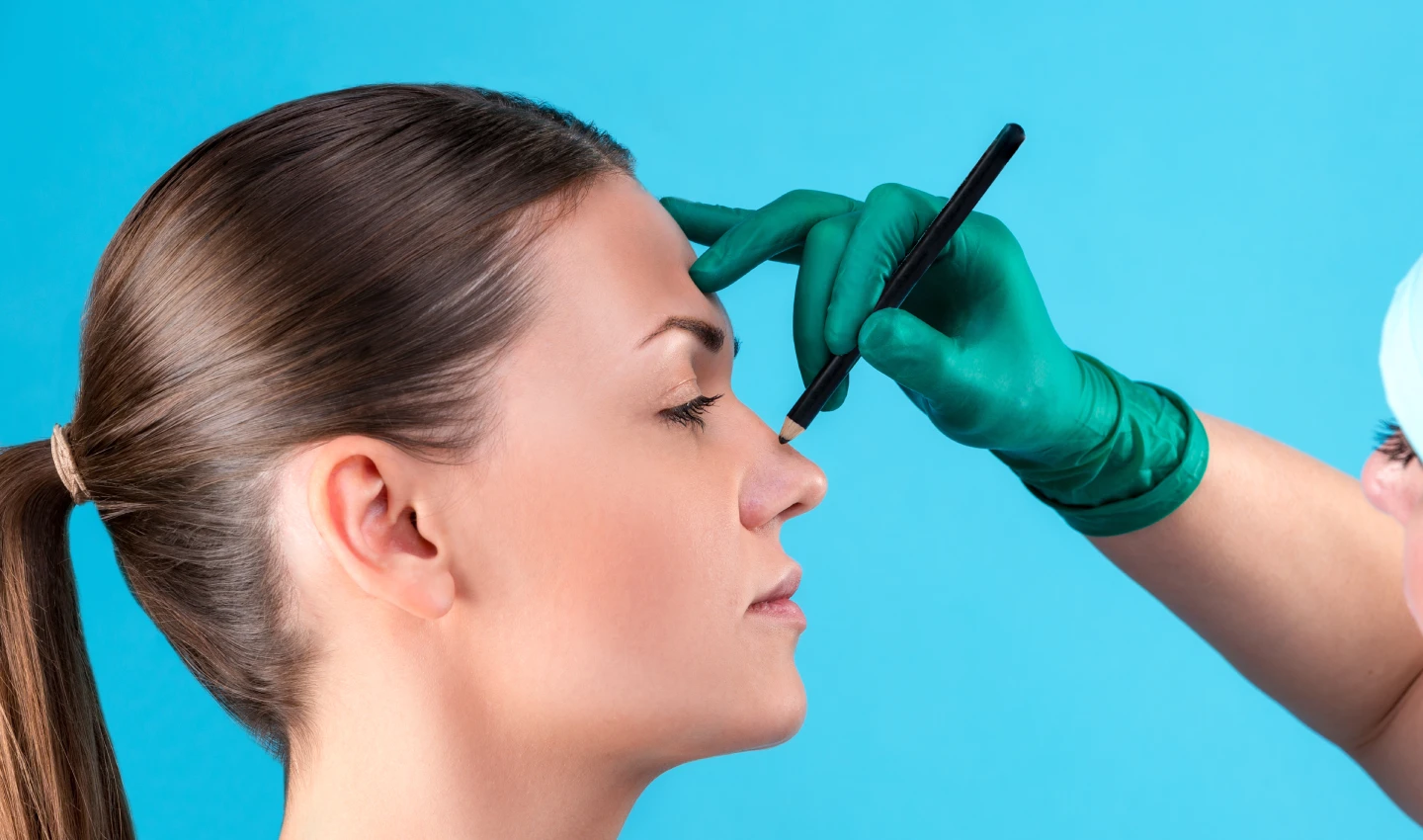The Benefits of Botox for Athletes
Botox’s role in sports performance enhancement is garnering attention for its multifaceted benefits:
Augmented Flexibility and Motion:
For athletes whose sports demand a balletic grace and suppleness, Botox injections offer a significant edge. When administered to overactive or tight muscles, Botox can decrease stiffness, thereby increasing flexibility and range of motion. This is particularly beneficial for gymnasts, dancers, and yoga enthusiasts who rely on their ability to perform complex, fluid movements. Beyond immediate flexibility, this relaxed state can prevent injuries associated with overuse and strain, allowing athletes to train more effectively and with greater safety.
Superior Muscle Coordination:
Precision and timing in muscle response are critical for athletes in sports like baseball, basketball, and tennis, where split-second decisions are made through complex muscular interactions. Botox can fine-tune this coordination by targeting muscles that are not firing correctly. By calming the errant muscle activity, Botox allows for more synchronized movements, enhancing the athlete’s overall performance. Improved coordination also means more efficient muscle use, which can lead to better form, technique, and ultimately, superior results in competition.
Diminished Pain and Swelling:
The ability to manage pain effectively can make a significant difference in an athlete’s career. Botox injections into painful muscle groups offer a dual benefit – reducing the immediate sensation of pain and addressing the inflammation that often accompanies muscle stress. This double action can lead to quicker recovery times, enabling athletes to resume training sooner. By interrupting the cycle of pain, Botox may also prevent the development of chronic conditions that often sideline athletes, ensuring their longevity in the sport.
Bolstered Muscle Strength:
While it may seem counterintuitive, the relaxation of muscles with Botox has been associated with an increase in muscle strength in certain scenarios. The theory posits that by alleviating tension and improving coordination, muscles can work more efficiently, thus appearing stronger. For athletes, this could translate into more powerful movements and heightened endurance, as muscles are better primed for activity and less likely to experience fatigue from unnecessary tension.
Alleviation of Muscle Fatigue:
Endurance is a prized attribute for any athlete, and Botox’s potential to reduce muscle fatigue can be a game-changer. By mitigating the early onset of muscle tiredness, Botox allows athletes to train longer and harder. It can also stave off the muscle overactivity that leads to premature exhaustion, thereby enhancing an athlete’s capacity for sustained performance. This could be particularly beneficial in sports that entail prolonged periods of physical exertion, where stamina is key.
Enhanced Muscle Blood Flow:
Good circulation is fundamental for muscle health and recovery. Botox’s ability to improve blood flow provides muscles with a steady supply of oxygen and nutrients, essential for repair and growth. This not only improves performance but also facilitates faster recovery after intense activity, reducing the risk of injury and the downtime after competitions or heavy training sessions.
These therapeutic applications of Botox, while promising, should be integrated into a holistic approach to training and recovery. They offer a strategic advantage when used thoughtfully within the broader context of an athlete’s regimen.
